 |
| Check for cassava mosaic disease |
Mr. Nguyen Nguyen’s household in Phong Hien Commune (Phong Dien) grows more than two hectares of cassava. While the cassava plants are growing, mosaic disease has appeared for more than a week now. Many plants have mottled yellow mosaic on their leaves, many plants are severely infected, causing them to curl and wrinkle. Mr. Nguyen uses pesticides and traditional experience to prevent and treat the disease, but the disease has not subsided, and there is even a risk of widespread outbreaks.
This crop year, the whole Phong Hien commune planted nearly 300 hectares of cassava with high-yield varieties. Before starting to plant, the locality propagated and requested people to prepare good seed sources and not to sow infected cuttings. However, through inspection, it was shown that mosaic disease appeared and damaged many cassava areas.
Mr. Ho Dinh, Head of the provincial Department of Cultivation and Plant Protection (TT&BVTV), informed that the cassava area planted in the province to date is about 3,372 hectares. Through investigation, the KLS disease has so far occurred and damaged about 209 hectares, accounting for 1-3%, in some places 5-10%. Most of the areas infected with this dangerous disease are concentrated in Tay Xuan, Van Xa Tay (Huong Tra Town), Phong An, Phong Son, Phong Xuan, Phong Hien (Phong Dien), Dong Son Cooperative (Phu Loc)...
To effectively prevent and control KLS, localities and people need to clearly understand the basic cause of this disease. Accordingly, KLS has the scientific name Sri Lanka Cassava Mosaic Virus (SLCMV). The disease is transmitted by whiteflies (Bemisiatabaci) and through cuttings taken from diseased plants. This is a very dangerous and difficult disease to prevent. The typical recognizable symptom of KLS is mottled yellow mosaic on the leaves, mild damage does not cause deformation, or is slightly deformed, severe damage causes cassava leaves to curl, bend, wrinkle and gradually kill the plant.
Mr. Dinh explained that there are two ways to transmit KLS, which are from cuttings and whiteflies. For cuttings, the virus exists in the stem, leaves, and tubers of cassava, so when using cassava stems as seeds for the next crop, the virus will continue to multiply in the cuttings and curl the leaves as soon as the plant sprouts... reducing productivity and product quality. The disease can spread and spread quickly through the vector, whiteflies.
The provincial Department of Plant Protection and Development requires farmers to strictly comply with the measures prescribed by the agricultural sector and local authorities. Accordingly, farmers are not allowed to use cuttings infected with KLS as seeds for the next crop. Before planting new crops in diseased areas, it is necessary to clean the fields, collect and destroy crop residues, and use disease-free seeds of clear origin. Regarding crop rotation, cassava or parasitic plants of whiteflies (tobacco, cotton, tomatoes, eggplants, eggplants, squash, potatoes, chili peppers, etc.) should not be planted in areas that have been affected by mosaic disease for at least one crop.
To prevent disease vectors, yellow sticky traps should be hung in the fields to kill whiteflies. Areas at risk of disease outbreaks should be sprayed with pesticides such as Chess 50 WG, Chery 70WG, AC-Nipyram 50WP, Cheer 20WP...
The Department of Plant Protection is propagating, organizing training courses, disseminating information and the harmful effects of KLS, regularly checking fields to detect early cassava plants that are seriously infected and cannot recover, instructing farmers to remove, destroy and check for whiteflies to spray pesticides.
However, in the long term, in the following seasons, the Plant Protection Department, together with other departments, will research and deploy experimental models of cassava varieties resistant to mosaic disease. Localities will research and develop plans to convert crop structures and implement crop rotation to other crops. For infected cassava areas that are being grown on loam, sandy clay soils, etc., it is possible to study switching to growing crops such as beans, sesame, sweet potatoes, etc.
For infected cassava areas that are planted on sandy clay soil, sandy soil or arid soil, etc., it is possible to study the conversion to growing cajuput trees for essential oil. This is also a major policy of the province regarding the plan to develop the raw material area for producing cajuput oil in Hue until 2025.
Source


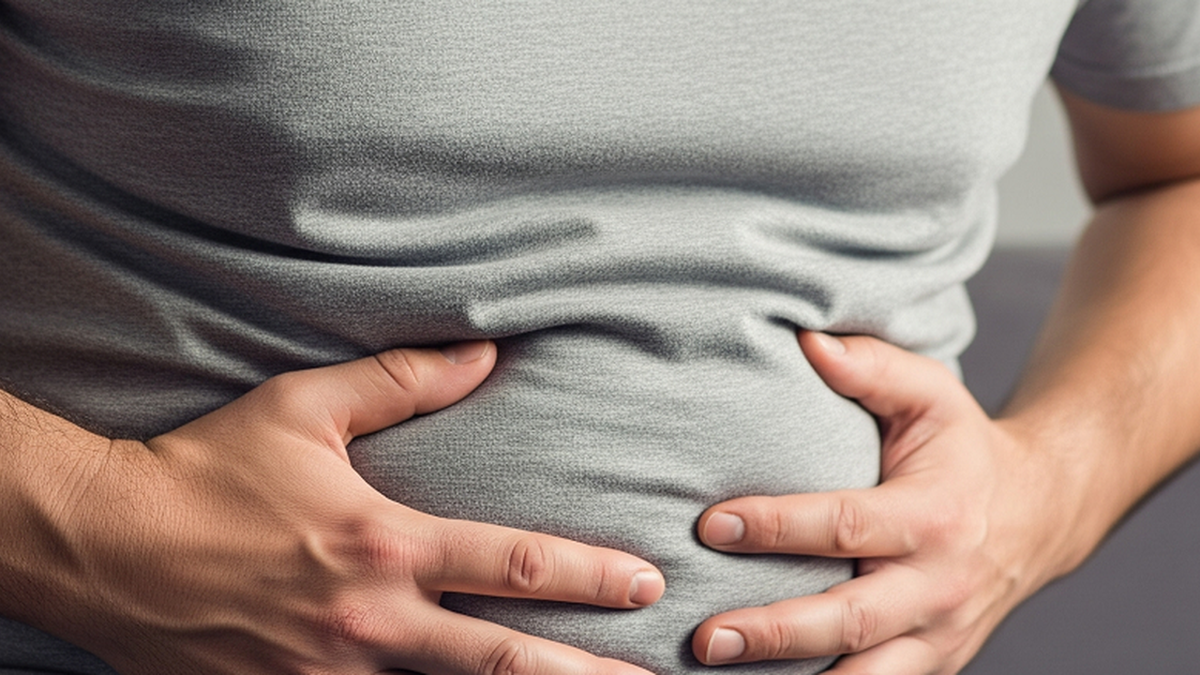

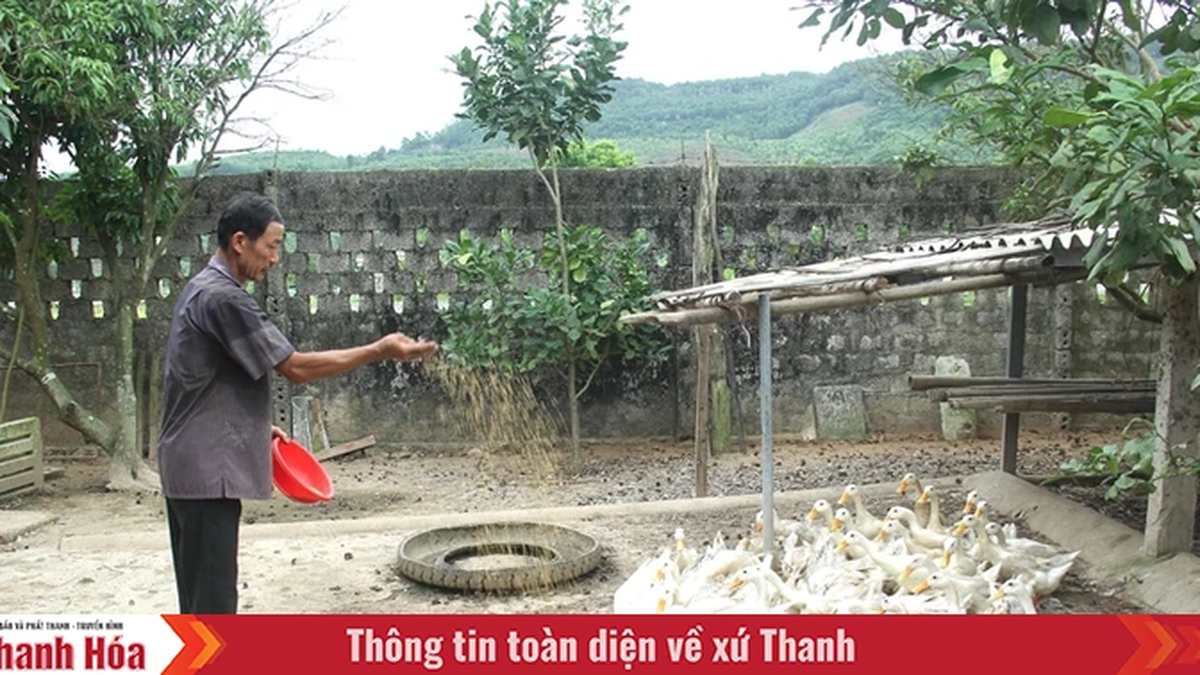

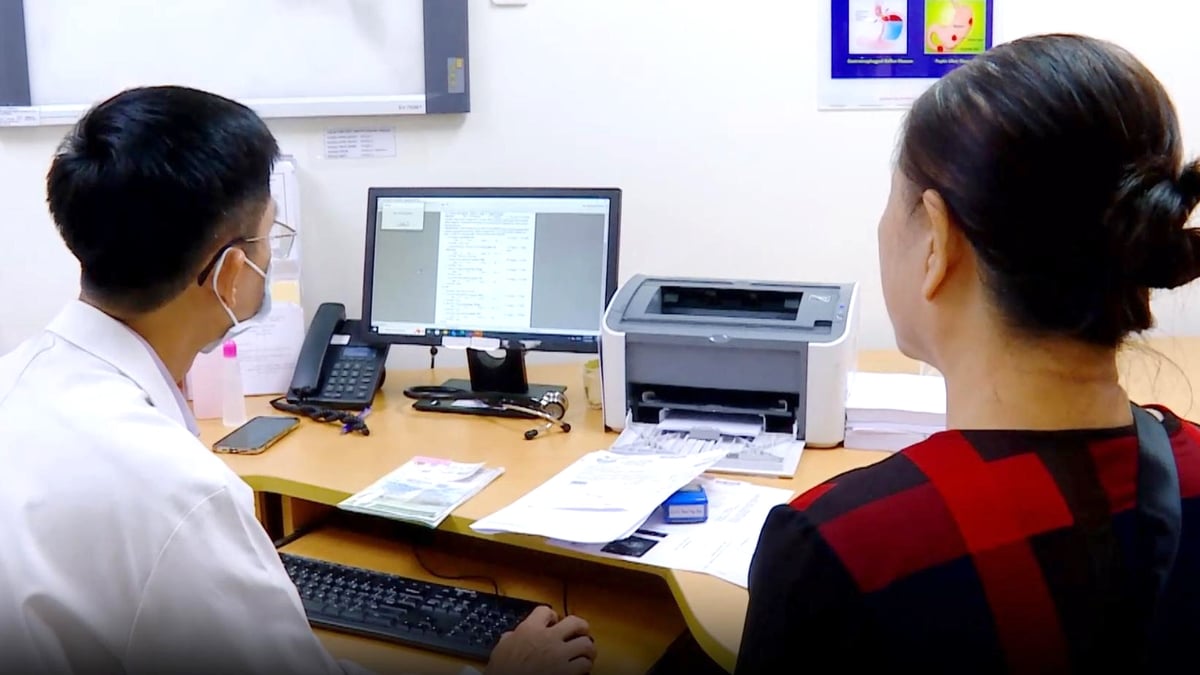

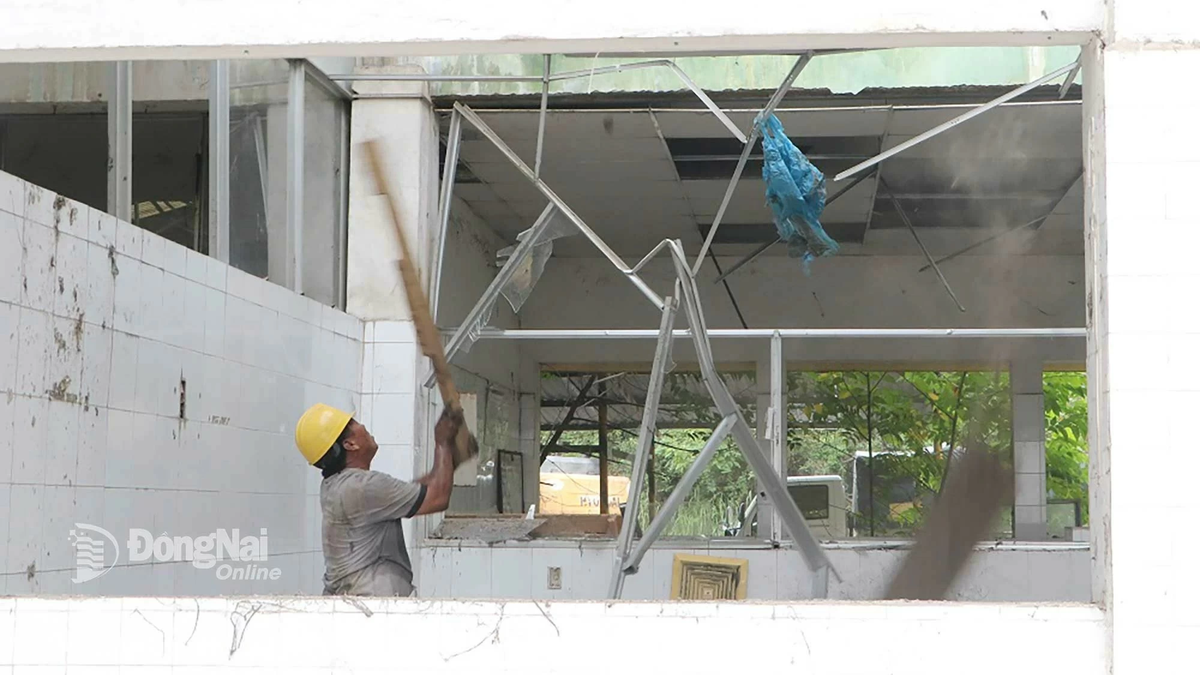


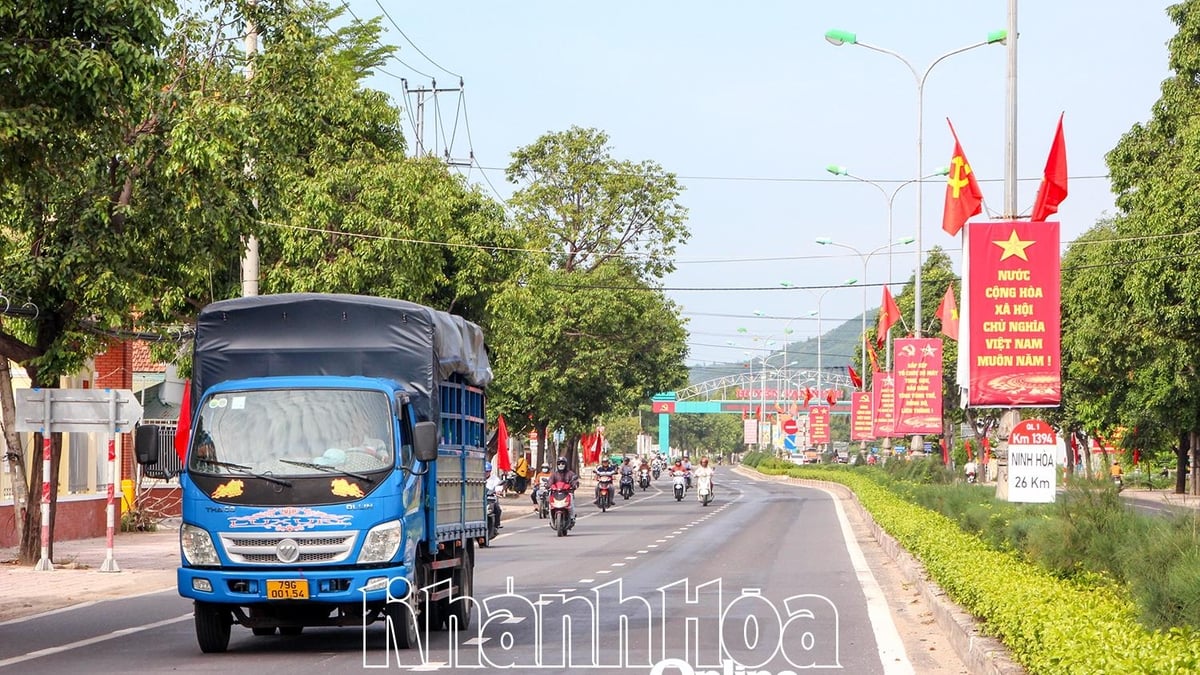











































![[Maritime News] Container shipping faces overcapacity that will last until 2028](https://vphoto.vietnam.vn/thumb/402x226/vietnam/resource/IMAGE/2025/7/30/6d35cbc6b0f643fd97f8aa2e9bc87aea)









































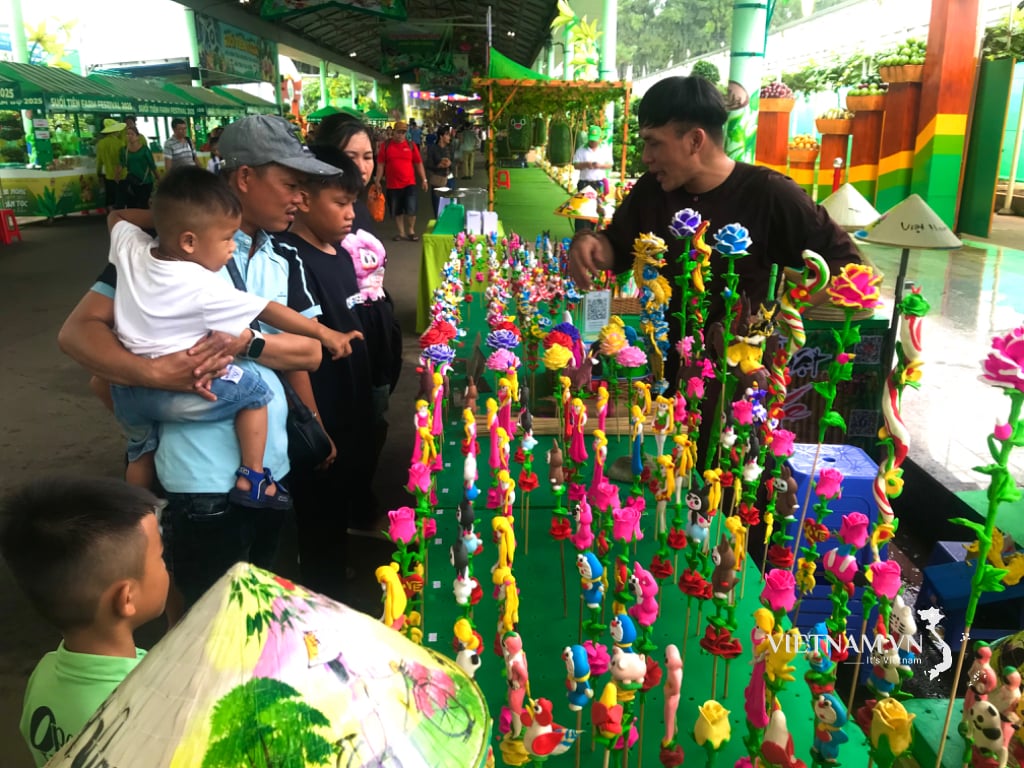


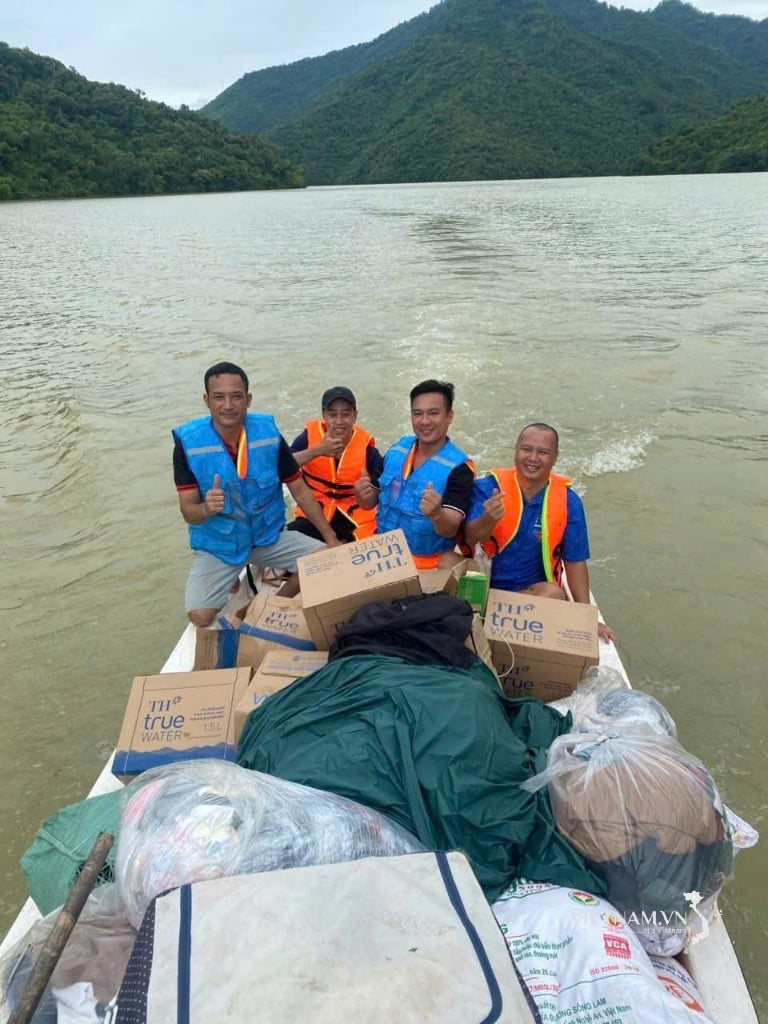
Comment (0)